Overview
The process of shower restoration may include the following steps:
01
Deep Cleaning:
The first step in shower restoration is a thorough cleaning to remove soap scum, mineral deposits, mould, mildew, and any other buildup that may be present on the surfaces.
02
Grout and Caulk Repair:
Damaged or deteriorated grout and caulk can contribute to leaks, water damage, and a less appealing appearance. During shower restoration, any damaged or discoloured grout is repaired or replaced, and new caulk is applied to ensure a watertight seal.
03
Tile and Grout Rejuvenation:
If the tiles and grout have lost their original lustre or colour, they can be rejuvenated during the restoration process. This may involve deep cleaning, stain removal, and applying a specialised grout sealer or colour enhancer to restore the original beauty and protect against future staining.
04
Stain and Mould Removal:
Stubborn stains, mould, and mildew can be a common problem in showers. In the restoration process, these stains and mould are treated and removed using appropriate cleaning agents or treatments to ensure a hygienic and clean shower environment.
05
Glass Restoration:
Glass shower doors or panels may develop hard water spots, mineral deposits, or soap scum buildup over time. These can be effectively removed through specialised cleaning methods, leaving the glass clear and sparkling.
06
Surface Refinishing:
In cases where the shower surfaces are severely damaged, worn, or discoloured, surface refinishing may be performed. This process involves applying a new, durable coating to the shower surfaces, providing a fresh, like-new appearance.
07
Fixture Upgrades:
As part of shower restoration, you may consider upgrading or replacing shower fixtures such as faucets, showerheads, or handles to enhance the functionality and aesthetics of your shower.
Shower restoration can breathe new life into your shower, making it a clean, inviting, and enjoyable space. It not only improves the appearance and functionality but also helps maintain a healthy and hygienic environment. Consulting with professionals who specialise in shower restoration can ensure that the process is done effectively and efficiently, using appropriate techniques and materials for optimal results.
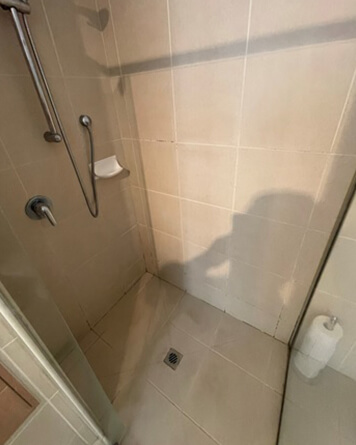
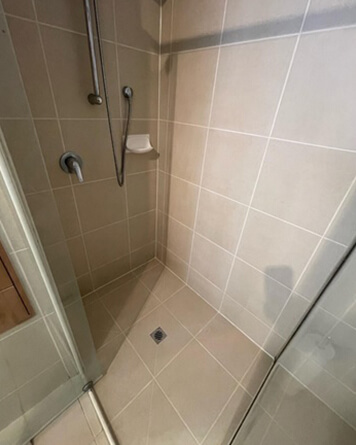
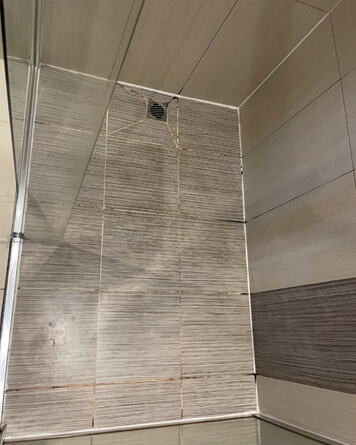
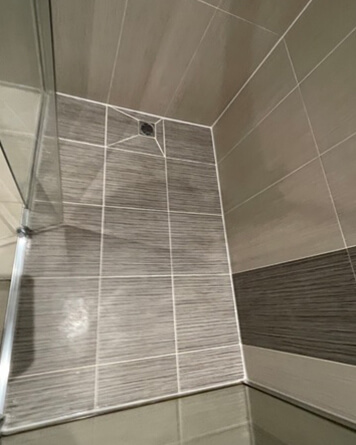
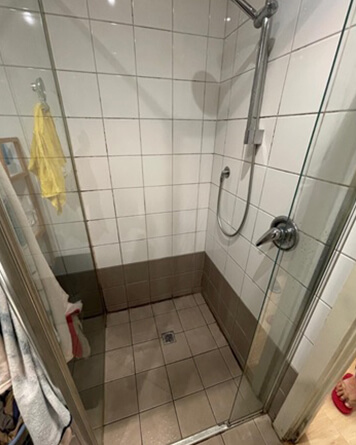
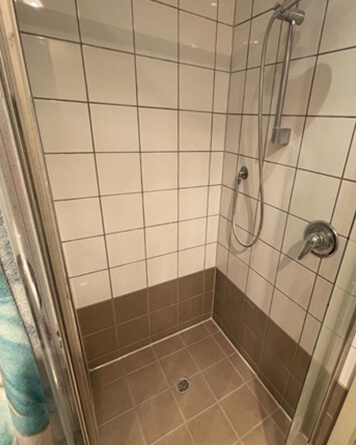
Frequently Asked Questions
Shower restoration can be a complex process that requires specialised knowledge and tools. While some minor cleaning and maintenance tasks can be done by homeowners, it is recommended to consult professionals for more extensive restoration projects to ensure proper techniques and optimal results.
